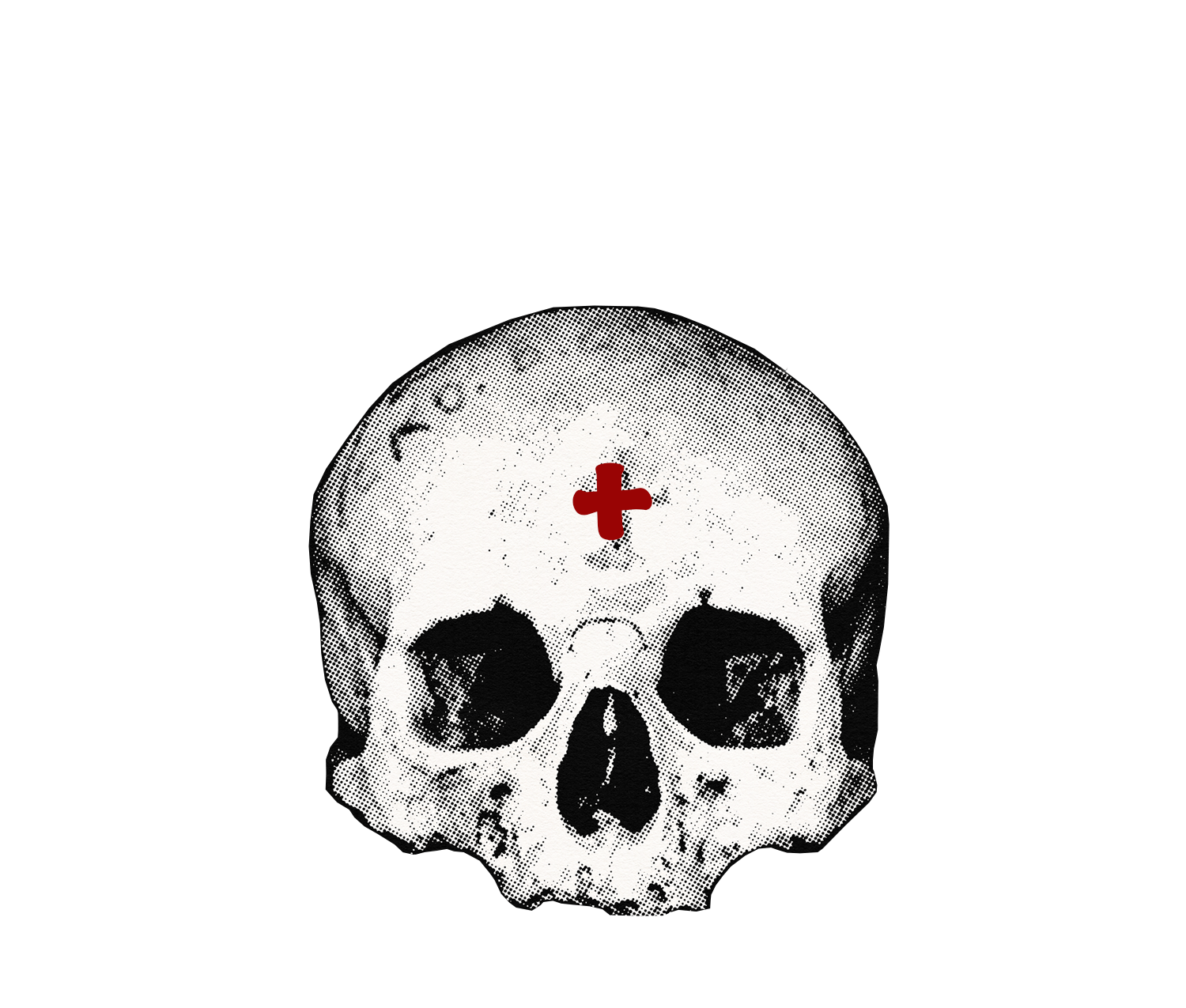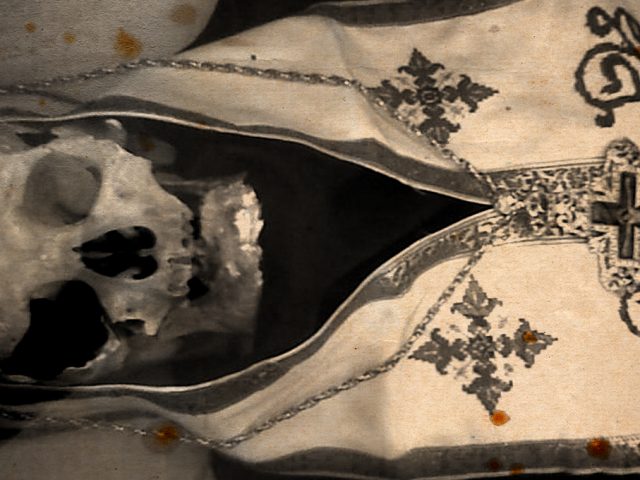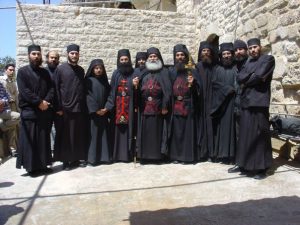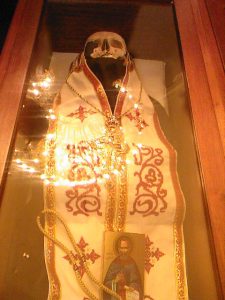As a cedar of Lebanon groweth without fear of martyrdom or death. Thou didst become a victor O Father Jacob. Thou didst conquer death in thy body when by humility thou didst control the passions and when thou wast burnt like incense as a sacrifice. Intercede with Christ to grant us great mercy.
+Apolytikion in the Third Mode
Above the Kadeesha River sits a pearl of ascetic struggle unworthy of the world. Burrowed in the caves of Mount Hamatoura exists the Monastery of the Dormition of the Theotokos, overlooking a land that once flourished with monastic fervor. Until the late 90’s this monastery was in ruins, uninhabited, and forgotten since times of persecution and the unrelenting sword of Mamluk devastation. Geronda Panteleimon, who lived in obedience to Elder Isaac (Attalah) and the newly canonized St Paisius, received a visitation from a forgotten martyr who directed him to rebuild his monastery in Lebanon, Geronda Panteleimon’s homeland. This martyr is St Jacob of Hamatoura, whose desert dwelling is now re-inhabited and re-ignited, becoming an spiritual oasis for monks and all people who seek Truth.
St Jacob struggled in asceticism, shedding tears in the Monastery of the Dormition of the Theotokos in the fifteenth century, under the brutal rule of the Maluks. Jacob rebuilt this monastic dwelling and made it once again a wellspring of asceticism in a desert that opposed the Triune God. Soul-searchers and those that were spiritually thirsty began to flock to the desert to drink from the sweet spiritual water of Hamatoura and seek out the saint that revived it. Transforming the barren caves of the Mount into a place where pilgrims and desert dwellers met the Incarnate God, the light of Hamatoura began to reach out into the shadows of a land held captive by invaders.
The great saint’s fame spread and the knowledge of his transforming prayer and exemplary life began to be known among the hostile authorities. They sought out the holy man, wickedly seeking to make an example of him and convert him to Islam. Jacob continued in steadfastness, refusing to accept the dark yoke of another god, and for this his fame spread all the more. Enraged, the Mamluks sought to deal with the infidel with the sword. As the saint retreated to find stillness in the Hermitage of St George, located further up the cliff face of the Mount, his enemies seized him and thirsted for murder. Jacob was beheaded, as his blood spilt on the ground of his homeland, watering it for those monks who would follow his footsteps in the latter days. Not satiated with the torture and beheading of the saint, however, the persecutors then burned the precious body of St Jacob, thinking that they would forever blot him out from history and discourage all those who would flock to venerate his relics. However, God, not forgetting his saints, and being ever-benevolent to his people, especially knowing we need grace in these latter times, did not allow the wicked plans of the murderers to prevail.
Throughout time, many have told stories of a miraculous saint appearing near Hamatoura, healing those with both physical and spiritual infirmities. Not forgetting his people and his earthly habitation, St Jacob continued to console the suffering and the sick, urging Geronda Panteleimon to re-stablish his spiritual hospital on Hamatoura as the saint once did. A Gerontikon was unearthed in Balaamand Monastery, clearly showing the name of the beloved saint and the wonders he worked for the people. For the first time, hymns to St Jacob were chanted in praise of this mighty cedar of Lebanon on Oct 13th, 2002 in an all night-vigil.
The saint kept appearing, sometimes heard chanting in the church and other times blessing or consoling people. He appeared to one woman, revealing where is precious relics were, however the monks disregarded her instructions. In restoring the vandalized church of the monastery, it was only after re-working the church floor that they discovered a most sacred treasure, for five skeletons lay there. Four of them, grown men, showed signs of martyrdom with cracked bones and broken skulls. One, a small child, the age of three with signs of martyrdom and whose bones emit a sweet fragrance that fills the air. Another, signs of torture and decapitation, scorched by fire. Two of the men, the latter being St Jacob, confirm the story of the saint written in the Gerontikon, who died at 50 alone with one companion. The skeleton of the child, the martyrs, and the name of St Jacob’s companion are unknown, but they are treated with reverence by the monks for their martyrdom and the fact that they were buried under the church floor. A special service is written for them, celebrated July 3rd.
Today, in the re-budding of his monastery, St Jacob continues to draw all to refuge among his new devout brotherhood that carry on his ascetic fervor. The flame of Lebanon’s beacon is re-ignited and its fire has taken abode in the hearts of the faithful, kindling spiritual fervor among both the young and the old. Being one who unceasingly prays for us in the tumult of this modern world plagued by wars and natural calamities, St Jacob instructs us to a fertile spiritual life, waging uncompromising war to bear the sweet fruits of the other world which he reveals is so close to us.
St Jacob, the Martyr of Hamatoura, pray to God for us!
You can see St Jacob’s monastery today by visiting their Facebook which has many pictures and videos. (Just click here)






